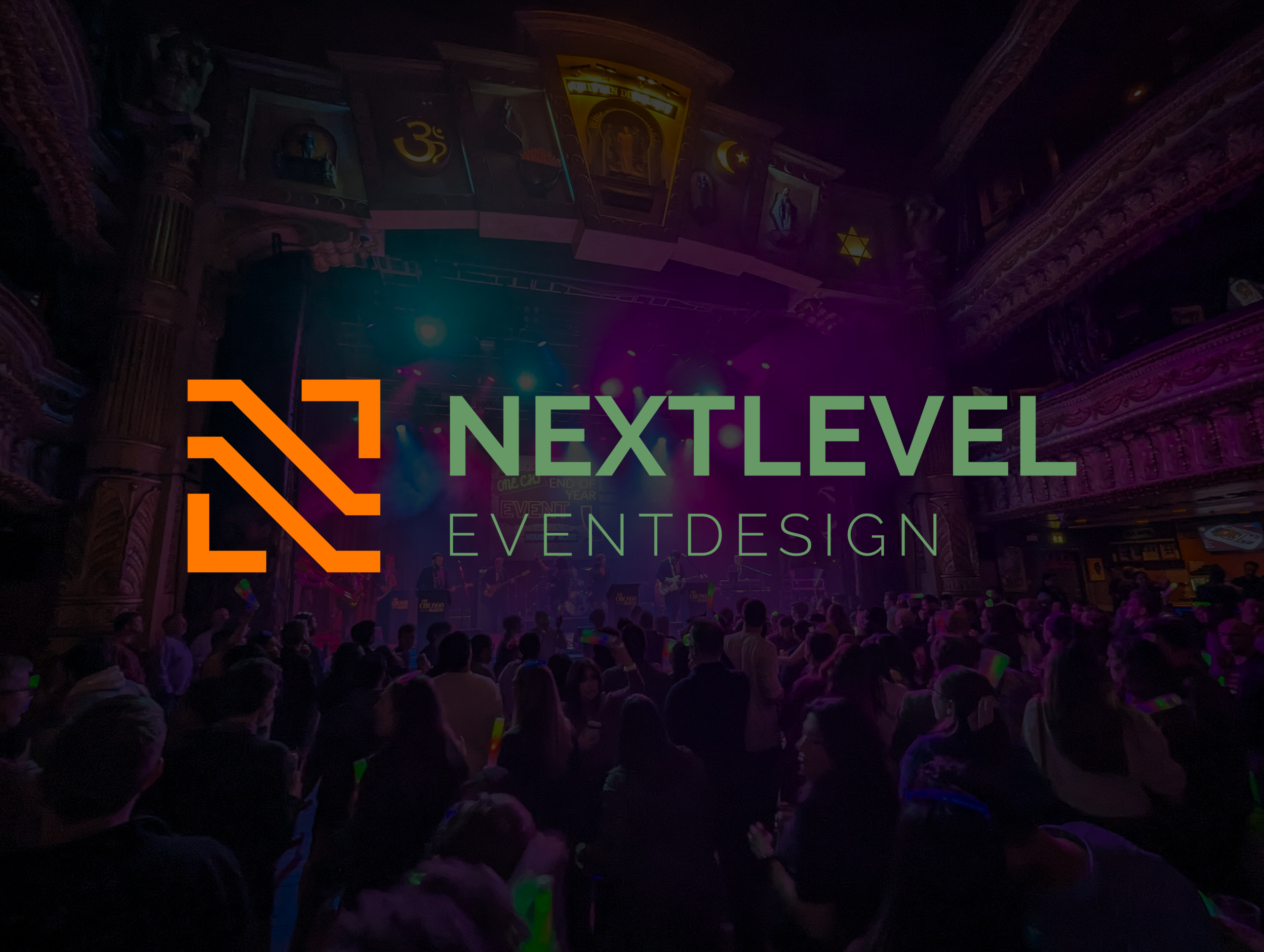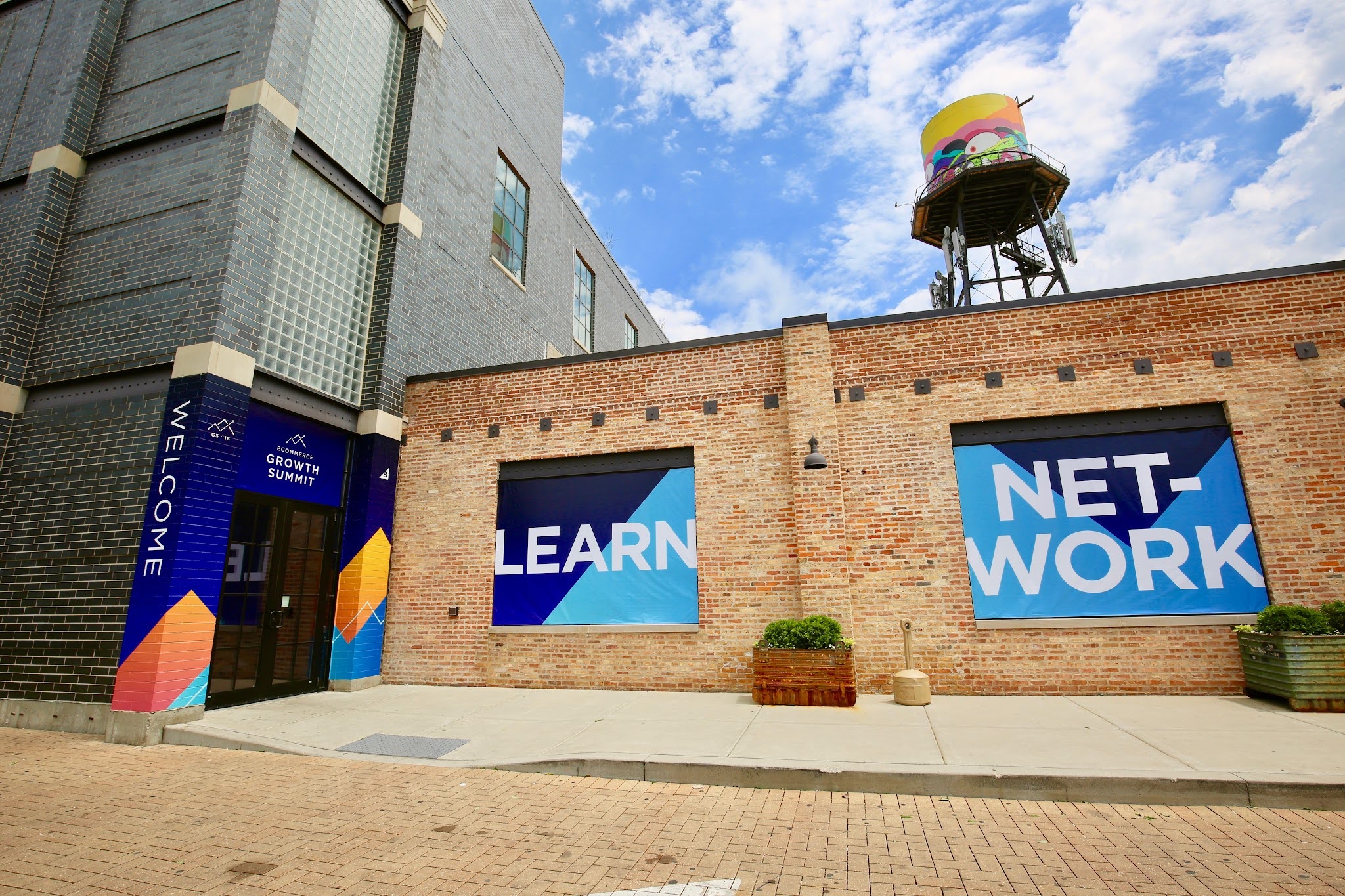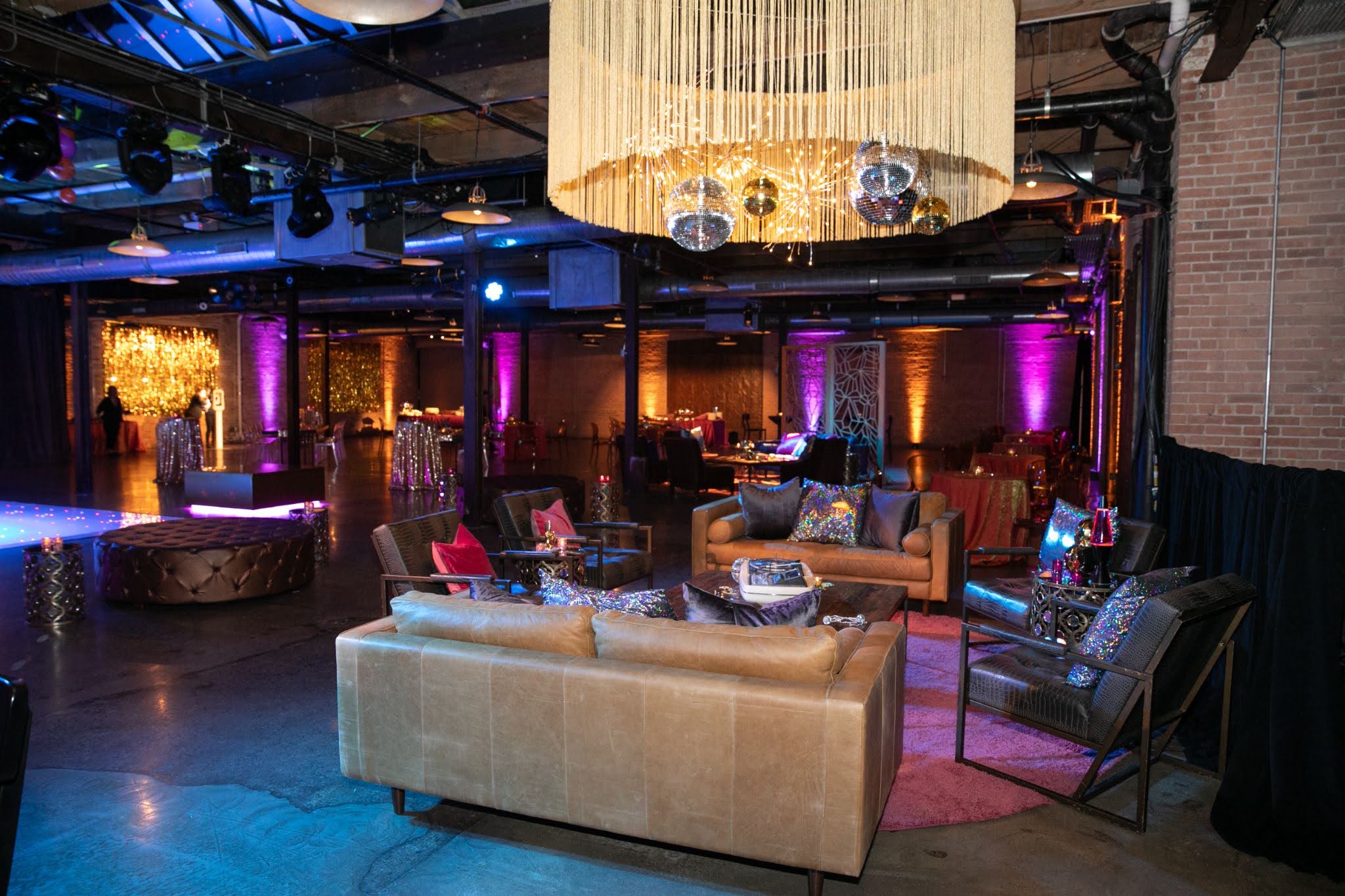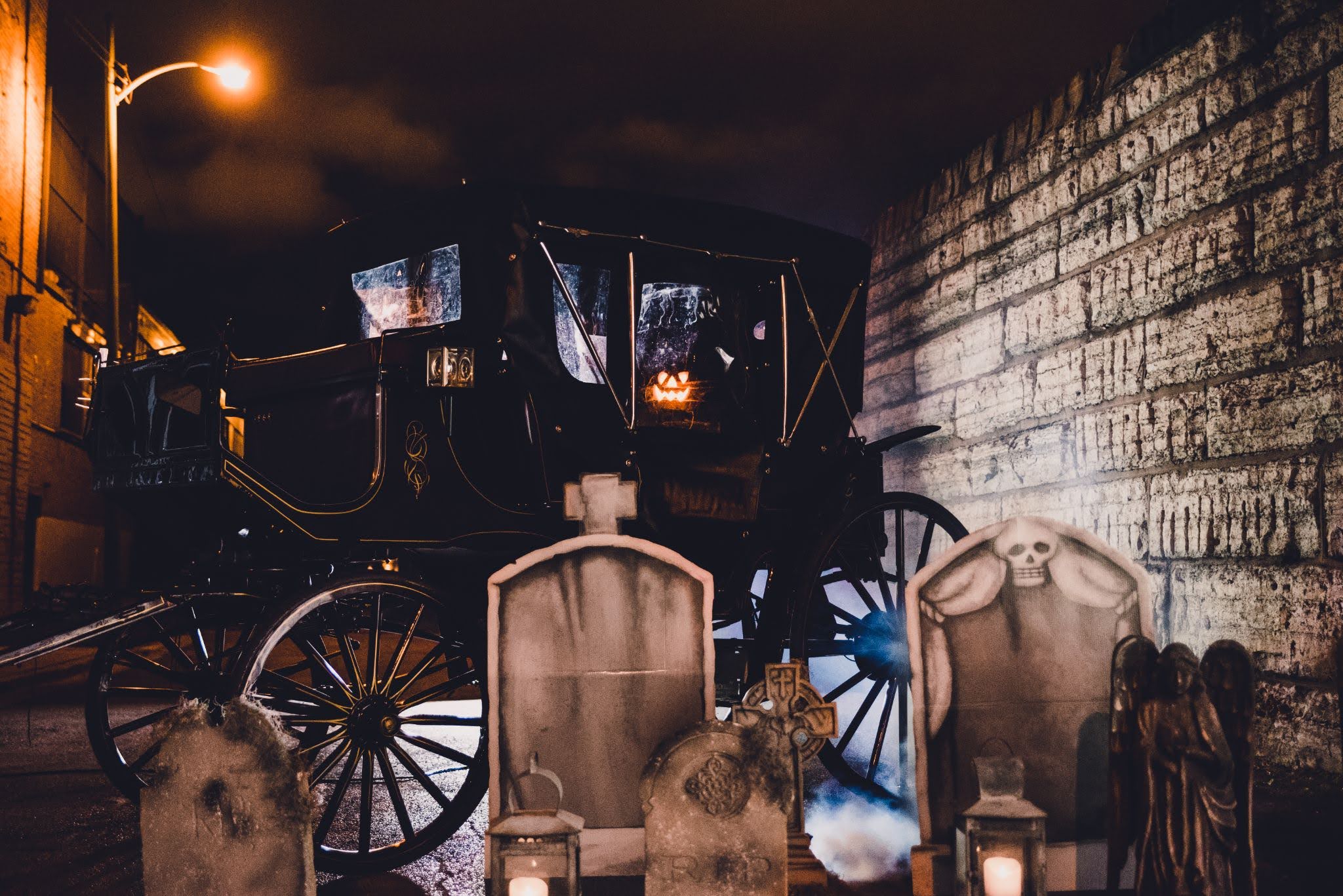This year’s Academy Awards had roughly 3,400 of Hollywood’s elite sitting together in the Dolby Theater, an impressive 34 Million viewers watching live via television broadcast, and Twitter documented 440,000 Tweets in 1 minute when Leonardo DiCaprio won his Oscar. ONE MINUTE! It was reported last year that there were over 3 billion social media posts about the event.
Chris Rock, as host, delicately wrote this year’s show with a huge political elephant sitting on his shoulders. He knew he not only had to engage the live audience of 3,400 people in front of him, to show support for what was happening within the theater, but also knew their reactions were being immediately broadcast to the 34 million viewers nervously watching it live, and sound bites of 140 characters or less would be immediately hitting the Twittersphere within seconds of their delivery.
Generally, our television consumption habits have shifted from real-time to On Demand, meaning, we watch it when it works for us. That said, we are now being offered many more LIVE broadcasts of things like awards shows, political debates and even made-for-TV-musicals. What is it about the LIVE broadcasts that draws people to tune in? Is it really the actual content of the show? Or, are the networks preying on the psychology of FOMO? (look it up, it’s a real thing) What happens if you aren’t the first person to tweet about Leo finally getting his first Oscar, or Adele’s sound being off at the Grammy’s, or to poke fun at the Republican Candidates when they can’t seem to make it onstage without it being .gif worthy? We are now hyper-aware of the feeling that we’ve missed something that everyone else apparently has been a part of.
Might I be so bold as to suggest that this idea of FOMO could be evolving? Not only do we need others to know that we are participating, we now feed on the validation that somebody “likes” (or now “loves”) that snarky comment or gossipy post. It reassures us that we are still in the game – a part of the club – or simply put, “engaged?” (How is that for inserting an HR buzzword?)
What does this all mean for us in the meetings and events industry? How can we take what we are learning from our culture’s obsession with LIVE broadcasting and bring it into our LIVE events? Well, as an industry that relies heavily on social media and technology, we are equal parts responsible and accountable for this evolution and its success.
One thing we hear from our clients over and over again, is that there is the need to ensure we are engaging their attendees (note the use of the word “attendees” and not “audience.”) Marketing teams are creating, adopting and collecting #tags and @handles like they are the Ty Beanie Babies of the ‘90s. All with the intent and knowledge that their live event and marketing efforts aren’t simply contained in the ballroom or at the launch event with their “attendees”, but spread as far and wide as their #creativemindswillletthem to ensure connectivity with their greater brand “audience”.
So, when creating the experiences and writing the scripts for executives to take the stage and become the live hosts of sales rallies and product launches; who is the real audience? Is it the 1,200 attending sales reps in the ballroom? The 10,000 employees tuned in worldwide watching via live stream on the company’s intranet? The millions of social media commentators reacting the moment screen grabs of a presentation hits Instagram, the presenter’s quoted market predictions hit LinkedIn, photos of them on stage hits Facebook and flippant commentary of their delivery hits Twitter? Yes. Yes. and YES! The true audience is all of them, and that is exactly who we need to be writing for!
In this day and age of leveraging event costs and maximizing reach, we cannot be as short sighted as solely focusing on the group of attendees in the room. We need to be focused on the greater audience – making sure we are providing each medium the attention they require, delivering content that is supported on all platforms, resulting in the entire audience feeling included. These comprehensive audiences no longer have FOMO, they are developing a new fear that is coming down from above, FONE (Fear Of Not Engaging). After all, the buzzword this year for your performance review has #engagement written all over it.





